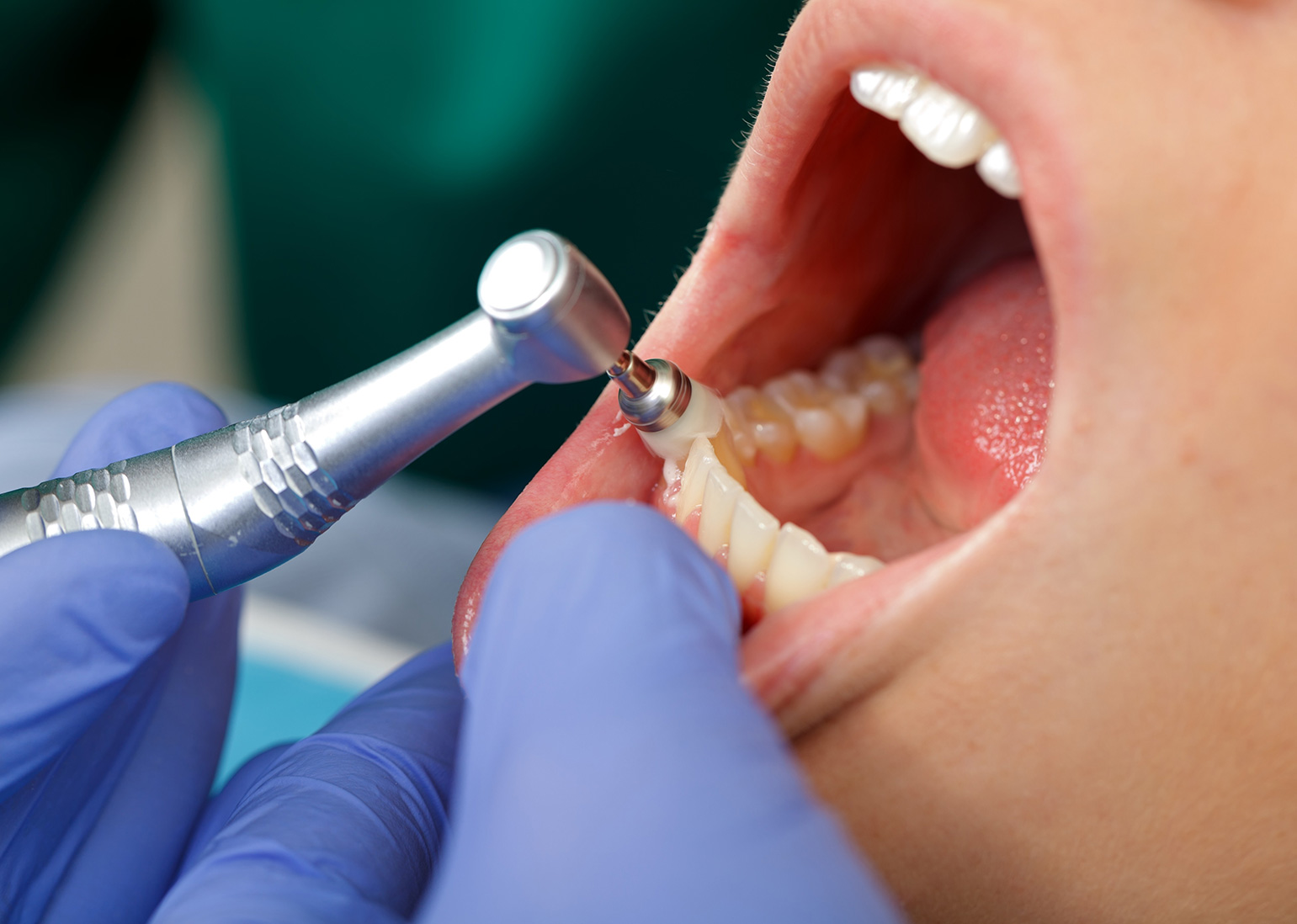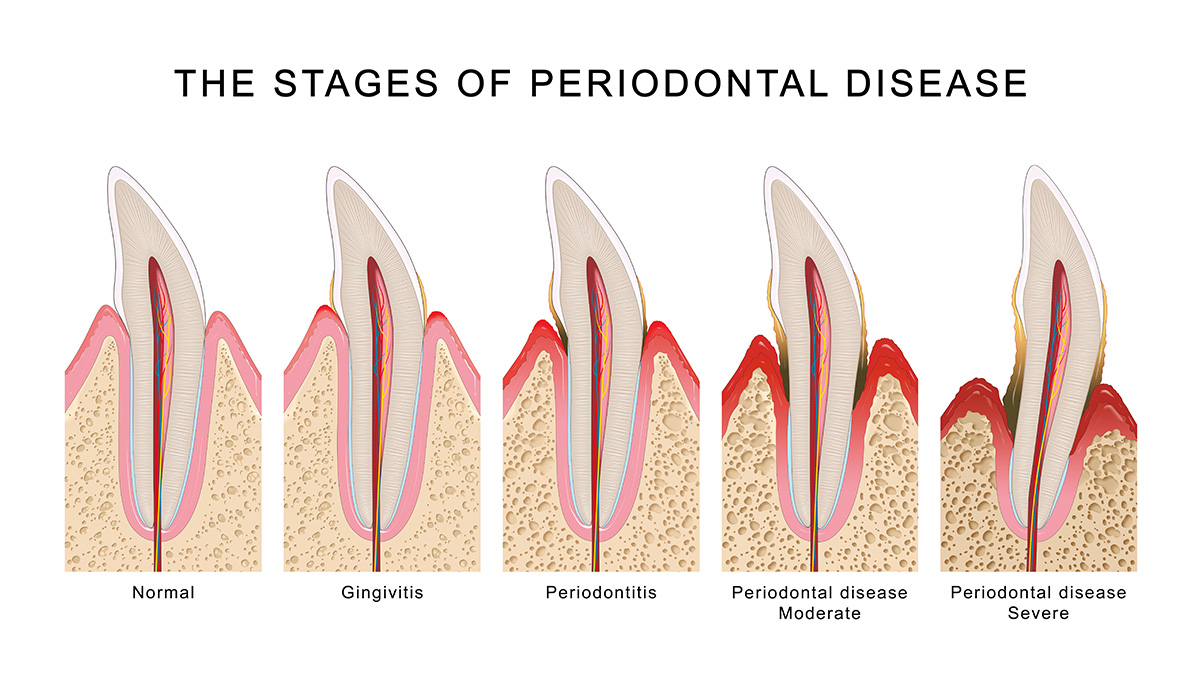Hygiene Maintenance VS Periodontal Management
Part of keeping your dental hygiene in tip-top shape is getting regular cleanings. But what’s the difference between that and periodontal maintenance?

What Is Regular Cleaning?
Regular hygiene maintenance is also known as prophylaxis. This is because it is preventative care. It’s recommended that you have one or two done every year, as it’ll help prevent more serious issues from arising.
During a regular hygiene clean, our Oral Health Therapists will:
This is all done through the use of specialised equipment known as the EMS airflow.
What is different about periodontal cleaning or maintenance?
A periodontal clean (deep clean) is very similar to regular cleanings, but it does have its differences. Due to the nature of periodontal disease, you’ll probably need these appointments more often; every three or four months.

During a periodontal clean our Oral Health Therapists will complete everything that is done in a regular cleaning with a few additions:
